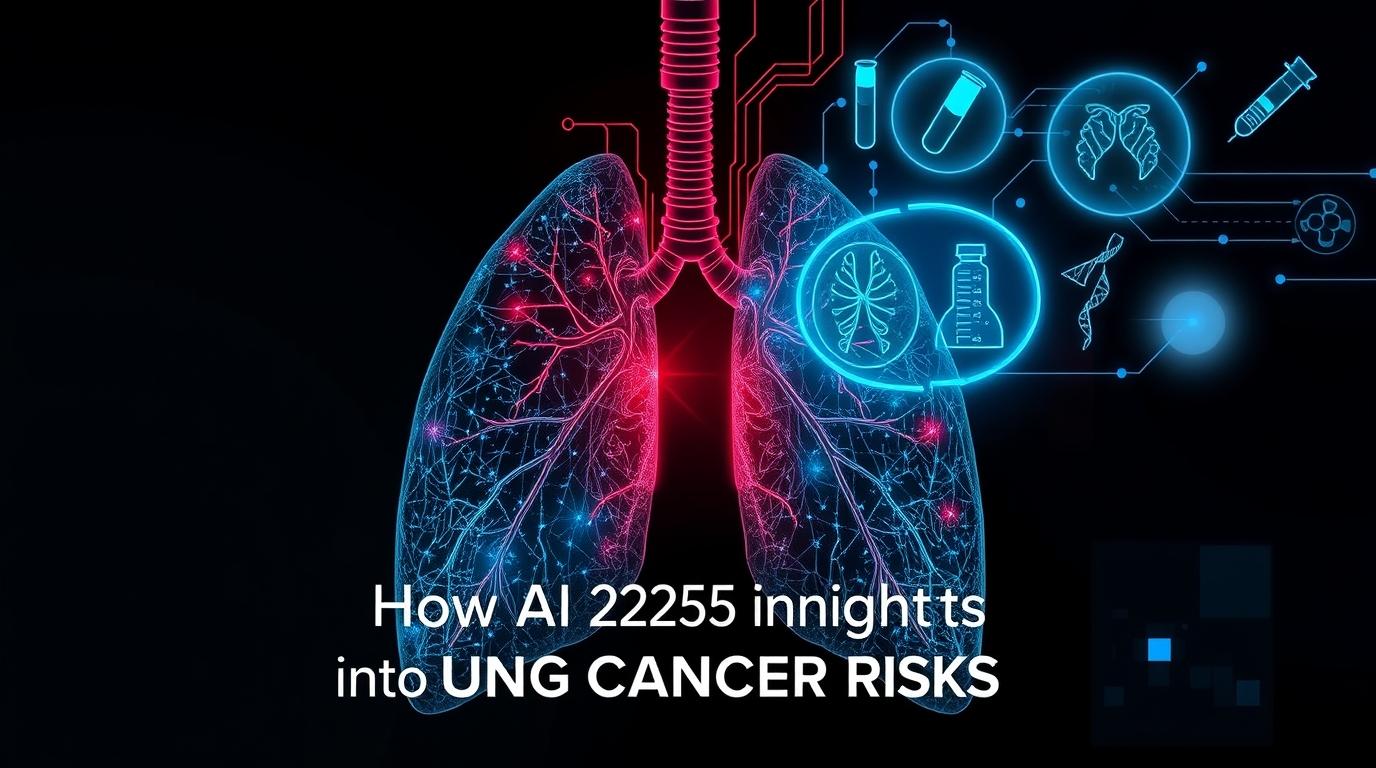WHO Cancer Warning Labels on Alcoholic Drinks – 2025 Update (FAQs)
Frequently Asked Questions
1. What is the WHO 2025 update on cancer warning labels for alcoholic drinks?
The World Health Organization (WHO) has proposed mandatory cancer warning labels on alcoholic beverages, aiming to increase awareness of alcohol-related health risks, including cancer.
2. Why is the WHO introducing warning labels on alcohol?
The move is based on scientific evidence linking alcohol consumption to several types of cancer, including liver, breast, and colorectal cancer.
3. When will the new WHO warning labels be implemented?
The WHO has set 2025 as the target year for the introduction of these warning labels, but implementation will depend on individual countries.
4. Will all alcoholic beverages be required to have warning labels?
Yes, the proposal includes all alcoholic beverages, including beer, wine, and spirits, to ensure transparency about health risks.
5. How will the warning labels look?
The labels will likely include clear and visible text about the cancer risk and may also feature graphic images similar to tobacco warnings.
6. Are cancer risks from alcohol consumption scientifically proven?
Yes, extensive research and studies by WHO, the International Agency for Research on Cancer (IARC), and other health institutions confirm the link between alcohol and cancer.
7. What types of cancer are linked to alcohol consumption?
Alcohol has been linked to several cancers, including liver, esophageal, breast, mouth, throat, larynx, and colorectal cancer.
8. Will alcohol companies be required to comply with these warning labels?
Each country will decide whether to make compliance legally binding. Some nations may implement regulations requiring strict adherence.
9. How much alcohol consumption increases cancer risk?
Even moderate alcohol intake has been linked to an increased risk of cancer. The risk grows with higher consumption levels.
10. Have other countries already implemented alcohol warning labels?
Yes, some countries like Ireland have already begun requiring warning labels on alcohol, while others are considering similar policies.
11. How will alcohol companies respond to these new regulations?
Some industries may resist the changes, citing economic concerns, while others may comply to align with public health policies.
12. Will the warning labels reduce alcohol consumption?
Studies on tobacco warning labels suggest that such warnings can influence consumer behavior, but the actual impact on alcohol consumption remains to be seen.
13. What are the legal implications of the WHO warning label proposal?
Governments may need to pass legislation to enforce the labels, and legal challenges from alcohol producers could arise.
14. Can countries refuse to adopt these warning labels?
Yes, WHO recommendations are not legally binding, so individual countries can refuse or modify the guidelines before implementation.
15. Will there be exemptions for certain alcoholic products?
As of now, there is no indication of exemptions. All alcoholic beverages are expected to be covered under the proposed guidelines.
16. How will consumers be educated about these new warnings?
Governments and health organizations may launch public awareness campaigns alongside the implementation of warning labels.
17. What impact will this have on the global alcohol market?
It may lead to changes in marketing strategies, possible sales declines in some regions, and increased scrutiny on alcohol’s health effects.
18. Can the alcohol industry legally challenge this regulation?
Yes, alcohol companies may challenge the regulation in courts, arguing that it affects their business and consumer choice.
19. How do these warnings compare to tobacco warning labels?
Similar to tobacco labels, the alcohol warning labels aim to provide clear and direct health risk information and could include graphic imagery.
20. Where can I learn more about WHO’s alcohol warning label guidelines?
The WHO website and official health organizations in your country will provide the latest updates and detailed information about the guidelines.
Legal Disclaimer
Disclaimer: The information provided here is for general informational purposes only and should not be considered legal or medical advice. Always consult official government regulations and medical professionals for authoritative guidance on health-related topics.
e know! 🚀





